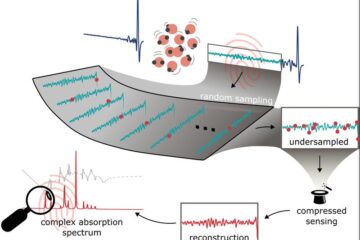Breakthrough in environmental monitoring from space

Scientists working at the Joint Research Centre of the European Commission have developed a new way to interpret data from satellites observing the earth. The satellites monitor the nature, state and evolution of the earth’s vegetation. This enhanced monitoring capacity will make it more possible to determine the impact of major climatic events, such as the severe drought and heatwave in Western Europe in 2003. The new method involves the use of practical algorithms to interpret remote sensing data collected by sensors in satellites.
“As our world faces greater environmental degradation and accelerating climate change, a new development like this ensures that policy decisions in Europe and throughout the world are made on the basis of sound scientific advice. And that’s the best way to get the right decisions” said Janez Potoènik , Commissioner for Science and Research.
The practical usefulness of this innovative approach was amply demonstrated during the drought of Spring/Summer 2003. This was the hottest summer in 500 years, 35,000 casualties were attributed to the heatwave and economic damages estimated at over 10 billion Euros. Analysis of the data leading up to, during and after the drought period carried out on the basis of this new method shows that indications were detectable as early as March 2003 in some agricultural regions (Northern France, Benelux and Germany for example). This methodology could therefore be used in the future to monitor effects of such climatic events.
A prototype methodology was developed and tested, including with international partners. This methodology was then transferred to the European Space Agency for implementation. It will be used to propose new indicators of environmental stress for monitoring by the European Environment Agency.
Nadine Gobron, a young scientist associated with the development of these new methods, has received the Joint Research Centre award for “Best Young Scientist 2004” for her outstanding scientific contribution.
Media Contact
More Information:
http://ies.jrc.cec.eu.int/Vegetation_productivity.120.0.htmlAll latest news from the category: Ecology, The Environment and Conservation
This complex theme deals primarily with interactions between organisms and the environmental factors that impact them, but to a greater extent between individual inanimate environmental factors.
innovations-report offers informative reports and articles on topics such as climate protection, landscape conservation, ecological systems, wildlife and nature parks and ecosystem efficiency and balance.
Newest articles

How evolution has optimised the magnetic sensor in birds
The magnetic sense of migratory birds is probably based on the protein cryptochrome 4, and a genetic study has now provided further support for this theory. A team of researchers…

Molecular Fingerprint Beyond the Nyquist Frequency
Ultrafast laser spectroscopy allows the ascertainment of dynamics over extremely short time scales, making it a very useful tool in many scientific and industrial applications. A major disadvantage is the…

High-energy-density aqueous battery based on halogen multi-electron transfer
Traditional non-aqueous lithium-ion batteries have a high energy density, but their safety is compromised due to the flammable organic electrolytes they utilize. Aqueous batteries use water as the solvent for…





















